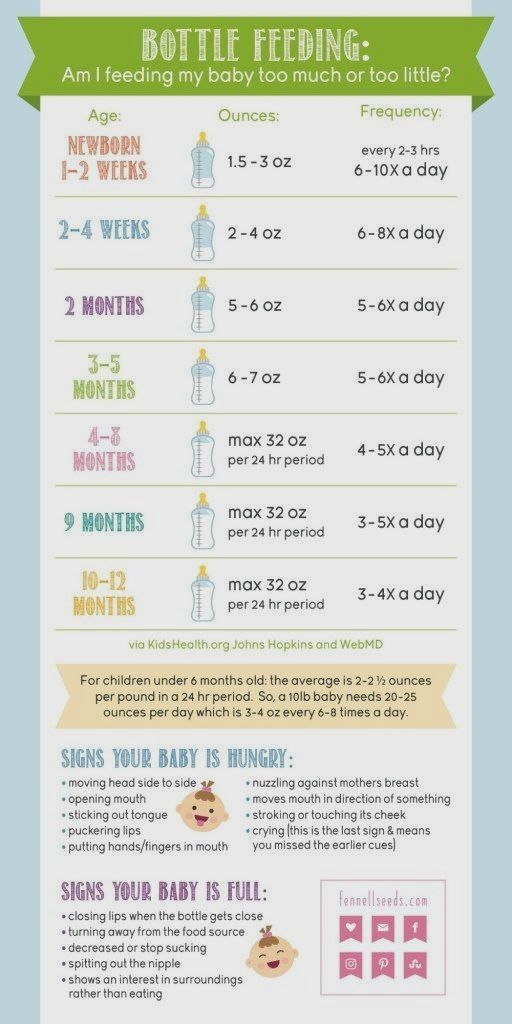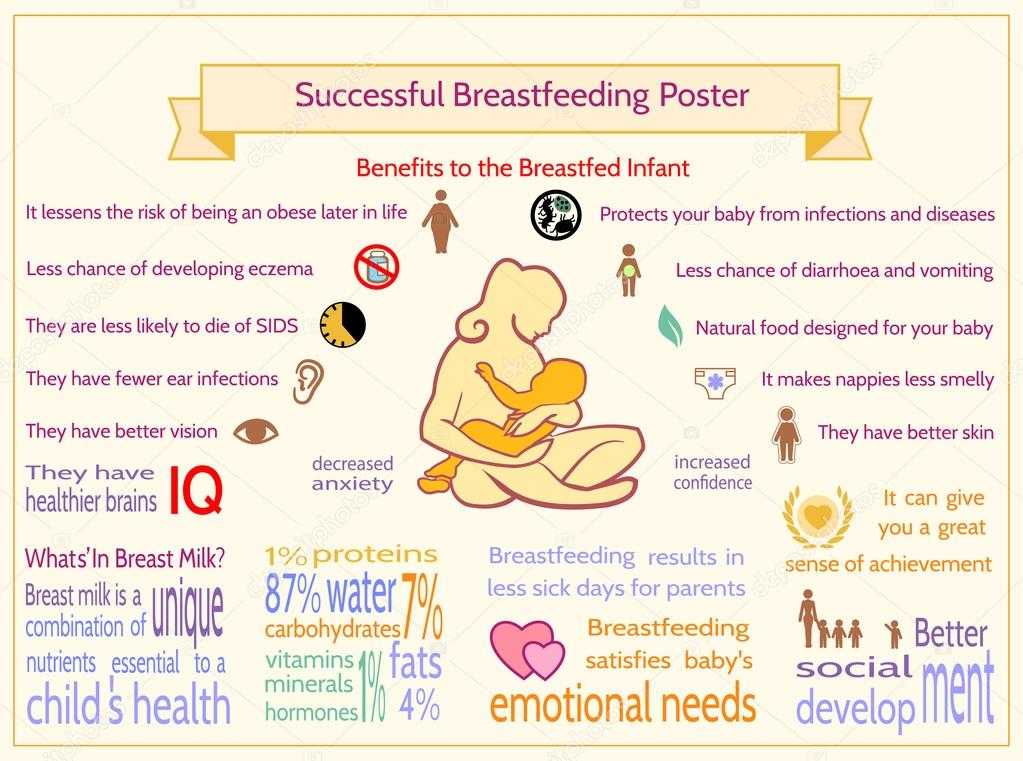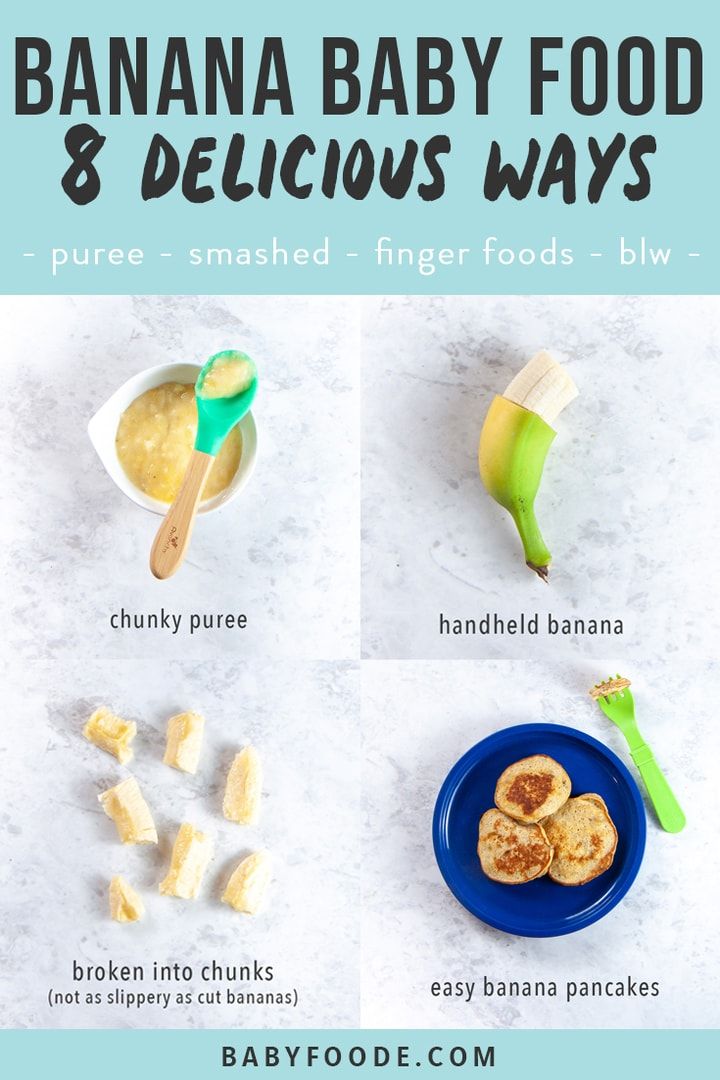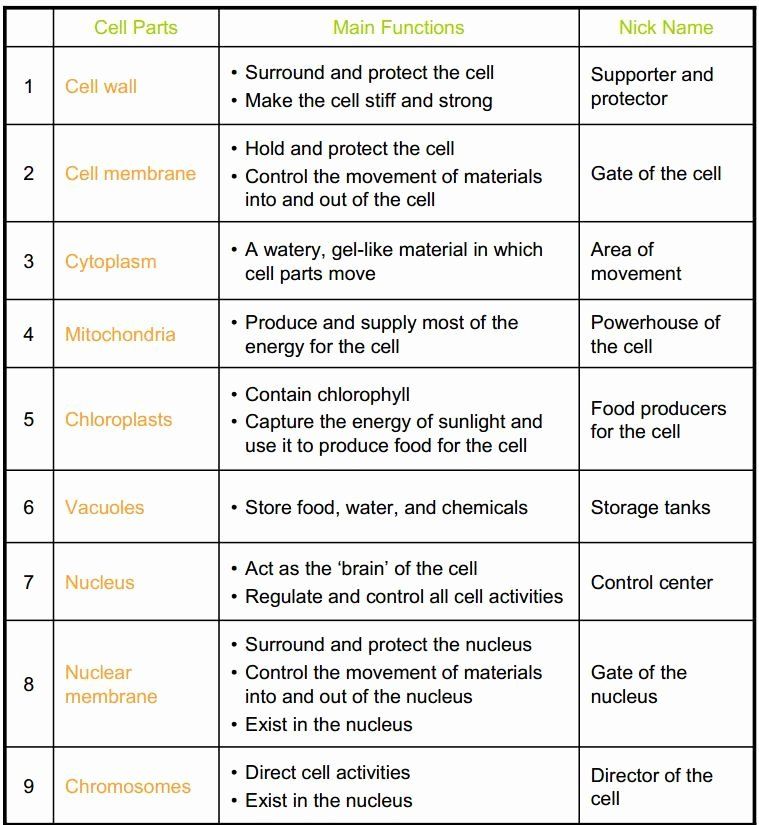What to feed baby by age
Baby formula feeding chart: How much formula by weight and age
Is your baby getting too much or too little formula? It's an important question that worries many new parents, especially those with newborns. When deciding how much formula to give your baby, it's important to watch their hunger cues as well as looking at guidelines based on age and weight. In general, before they're eating solids, babies need 2.5 ounces of formula per pound of body weight each day.
These guidelines are for babies who are exclusively formula-fed for the first 4 to 6 months, and then fed a combination of formula and solids up to age 1. If your baby is getting a combination of breast milk and formula, talk to their doctor for separate advice.
Your pediatrician can tell you where your baby falls on the growth charts, make sure they're growing steadily on their own growth curve, and help you ensure that they're getting a healthy amount of formula. If you're ever worried about your baby's growth, behavior, or development, talk with their doctor.
How much formula for a newborn
For the first few days, offer your newborn 1 to 2 ounces of formula every 2 or 3 hours. (At first, newborns may only take a half ounce of formula at a time.)
After the first few days, give your newborn 2 to 3 ounces of formula every 3 to 4 hours.
Initially it's best to feed your formula-fed newborn on demand, whenever they show signs that they're hungry. Because your little one can't tell you when they want a bottle, you'll need to learn to read their hunger cues. Crying is often a late sign of hunger, so if you can, try to catch the earlier signs that it's time for a feeding.
Here are some hunger cues to watch for:
- Smacking or licking their lips
- Rooting (moving their jaw, mouth, or head in search of food)
- Putting their hands to their mouth
- Opening their mouth
- Fussiness
- Sucking on things
- Becoming more alert
- Crying
As time passes, your newborn will begin to develop a fairly regular feeding schedule. You'll become familiar with their cues and needs, and knowing when and how much to feed them will be much easier.
You'll become familiar with their cues and needs, and knowing when and how much to feed them will be much easier.
Formula feeding chart by weight
During the first 4 to 6 months, when your baby isn't eating solid foods, here's a simple rule of thumb: Offer 2.5 ounces of formula per pound of body weight every 24 hours, with a maximum of about 32 ounces.
Advertisement | page continues below
| Weight | Ounces of formula |
|---|---|
| 6 pounds | 15 fl oz every 24 hours |
| 7 pounds | 17.5 fl oz every 24 hours |
| 8 pounds | 20 fl oz every 24 hours |
| 9 pounds | 22.5 fl oz every 24 hours |
| 10 pounds | 25 fl oz every 24 hours |
| 11 pounds | 27.5 fl oz every 24 hours |
| 12 pounds | 30 fl oz every 24 hours |
These numbers aren't rigid rules. They offer a rough estimate for what your baby may need. Some babies will grow well while taking less than the recommended amount, while others consistently need more. Your baby's daily feedings will also vary according to their individual needs – in other words, they may want a bit more on some days and a bit less on others.
Some babies will grow well while taking less than the recommended amount, while others consistently need more. Your baby's daily feedings will also vary according to their individual needs – in other words, they may want a bit more on some days and a bit less on others.
Formula feeding chart by age
Here are typical amounts per day based on age:
| Age | Ounces of formula |
|---|---|
| Full-term newborn | 2 ounces per bottle every 3 to 4 hours |
| 1 month old | 3 to 4 ounces per bottle every 3 to 4 hours |
| 2 month old | 4 to 5 ounces per bottle every 3 to 4 hours |
| 3 month old | 4 to 6 ounces per bottle every 3 to 4 hours |
| 4 month old | 4 to 6 ounces per bottle, 4 to 6 times a day |
| 5 month old | 4 to 6 ounces per bottle, 4 to 6 times a day |
| 6 month old | 6 to 8 ounces per bottle, 4 to 5 times a day |
| 7 month old | 6 to 8 ounces per bottle, 3 to 5 times a day |
From 8 months old until their first birthday, you can expect your baby to have 7 to 8 ounces per bottle, 3 to 4 times a day.
As your baby gets older – and their tummy gets bigger – they'll drink fewer bottles a day with more formula in each. It's important not to overfeed your baby so they'll stay at a healthy weight. Your baby shouldn't have more than 32 ounces of formula in 24 hours.
When they reach their first birthday, they can stop drinking formula and transition to cow's milk in a bottle, sippy cup, straw cup, or open cup. Limit your toddler to 16 to 24 ounces (2 to 2.5 cups) a day of whole milk, so they have room for other healthy foods.
Here are signs that your baby's getting all the formula they need:
- Steady weight gain. They continue to gain weight after their first 10 days and follow a healthy growth curve during their first year. (Most babies lose up to 7 to 10 percent of their birth weight in the first few days and then regain it by the time they're about 2 weeks old.)
- Happy baby. They seem relaxed and satisfied after a feeding.
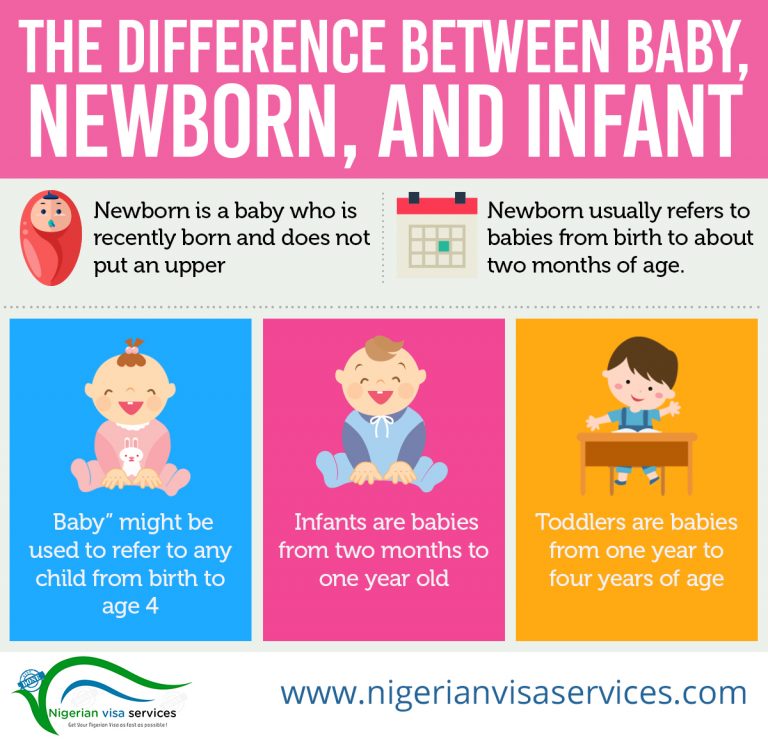
- Wet diapers. They wet two to three diapers a day in the first few days after birth. Over the next few days, the amount should increase to at least five to six wet diapers a day.
Babies are usually good at eating the amount they need, but bottle-fed babies can drink too much at times. Here are the signs that they're getting too much formula:
- Vomiting after a feeding may be a sign that your baby had too much. (Spitting up is normal, vomiting isn't.)
- Tummy pain after a feeding can also be a sign of overfeeding. If your baby draws up their legs or their tummy seems tense, they may be in pain. (See other possible reasons for stomach pain in babies.)
If your baby seems to want to eat all the time, even after finishing a bottle, talk to your pediatrician. Using a pacifier may help soothe their need to suck.
Formula-feeding tips
- In general, babies eat when they're hungry and stop when they're full, so resist the temptation to encourage your baby to finish each bottle.
 Overfeeding during infancy can contribute to obesity later in life.
Overfeeding during infancy can contribute to obesity later in life. - Don't respond to your baby's every cry with a bottle. They may be crying because their diaper is wet, they're cold or hot, they need to be burped, or they want to be close to you. (Learn more about why babies cry, and how to soothe them.)
- Your baby may be hungrier than usual during growth spurts. These typically occur 10 to 14 days after birth and around 3 weeks, 6 weeks, 3 months, and 6 months of age.
Read more:
- Formula Feeding Problem Solver
- How to safely store and use formula
Was this article helpful?
Yes
No
How much breast milk should a newborn eat?
How much breast milk a baby drinks varies from baby to baby and from one month to the next. A newborn eats less than an ounce of breast milk per feeding at first, but by the time they're 1 month old, babies usually drink about 3 to 4 ounces eight times a day. Follow your baby's lead on how much and how often to feed them, and look for signs that your baby isn't getting enough breast milk (such as weight loss, fewer than six wet diapers daily, and dark-colored urine).
Whether you're nursing your baby or pumping breast milk for bottles, you'll want to make sure your baby is getting the right amount of milk.
Breastfeeding moms often worry that their baby isn't getting enough milk, especially at first. It's impossible to see how much your nursing baby is drinking. And if you're pumping to fill bottles for your baby, how much should you pump and put in a bottle for each feeding? Read on for recommendations and details.
How much breast milk should a newborn eat?
After their first sleepy 24 hours, most newborns nurse every two to three hours, or eight to 12 times a day. You may need to coax them awake if they fall asleep mid-feeding or wake your baby to feed if it's been more than four hours since their last feeding.
The American Academy of Pediatrics (AAP) and other experts recommend that you feed your newborn baby whenever they show early signs of hunger, such as smacking their lips or rooting around for your nipple.
How long your baby nurses at each session is very individual.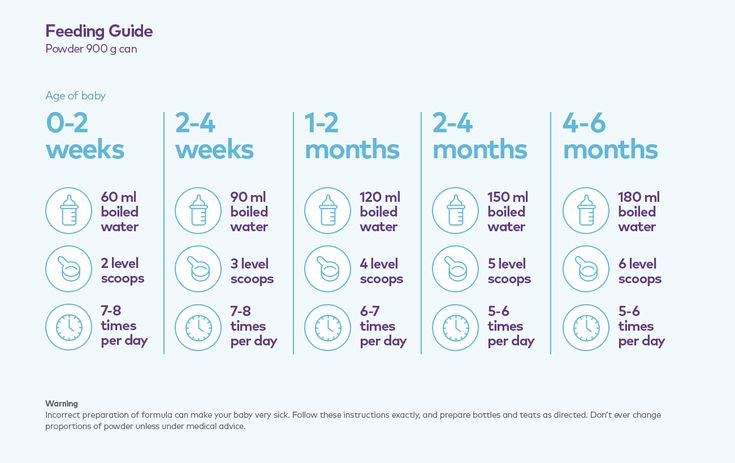 Some newborns will fill their little tummies in five minutes flat, while others may take an hour to finish feeding. In general, though, breastfeeding newborns nurse up to 20 minutes or more on one or both breasts, while older babies may take 5 to 10 minutes on each breast. (Babies typically become more efficient – and your milk supply becomes more established – after a month or two.)
Some newborns will fill their little tummies in five minutes flat, while others may take an hour to finish feeding. In general, though, breastfeeding newborns nurse up to 20 minutes or more on one or both breasts, while older babies may take 5 to 10 minutes on each breast. (Babies typically become more efficient – and your milk supply becomes more established – after a month or two.)
If you're bottle feeding, it should take about 10 to 20 minutes per feeding, depending on the amount of milk in the bottle. Let your baby decide when they're full.
Your baby may feed more frequently – and for longer periods – right before a growth spurt, often around age 2 to 3 weeks, 6 weeks, 3 months, and 6 months. This is called cluster feeding, and it helps signal your body to produce more milk for your growing baby.
How much milk should I be pumping?
In the first couple of days, your newborn may take only half an ounce at each feeding. Then they'll increase to 1 or 2 ounces per feeding.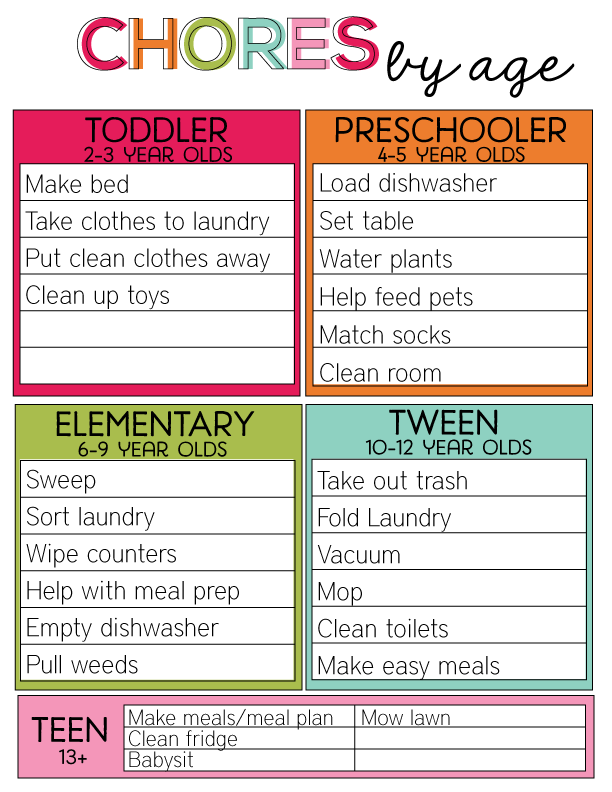 They'll eat as often as eight to 12 times every 24 hours.
They'll eat as often as eight to 12 times every 24 hours.
At about two weeks until 1 month old, your newborn will take 2 to 3 ounces per feeding, eating about eight times a day, for a total of about 20 to 24 ounces.
Advertisement | page continues below
By 1 month old, babies average 3 to 4 ounces per feeding – every 3 to 4 hours – for a total of about 24 ounces of milk per day.
At about 2 months old, babies take about 4 to 5 ounces per feeding every 3 to 4 hours.
Once your baby is 3 to 4 months old, they'll likely drink about 24 to 30 ounces of breast milk a day – usually in 4- to 6-ounce feedings every 4 hours or so. (Babies who are a little bigger might need a bit more milk.)
If you'd like more specific guidelines, here's a simple formula that you can use to figure out how much milk your baby is likely to need during the early months.
Babies generally need 2.5 ounces of breast milk daily per pound of body weight for their first 3 or 4 months. To calculate the total:
To calculate the total:
1. Multiply your baby's weight in pounds by 2.5. This is how much milk your baby will need for one day. (Make sure you include every ounce. For example, if your baby weighs 8 pounds 8 ounces, the total weight would be 8.5 pounds.)
2. Divide the amount of milk your baby needs in a day by the number of feedings. This is how much milk to put in each bottle.
For example:
If your baby weighs 10 pounds, they'll need 25 ounces of breast milk per 24 hours (10 x 2.5).
If they're feeding 10 times per day, that would equal 2.5 ounces in each bottle (25 divided by 10). If they're feeding 8 times a day, each bottle would need to contain 3.13 ounces (25 divided by 8).
Of course, the amount that babies drink at each feeding varies – and you don't need to be quite so precise. You can round up a bit (say to the next half ounce) rather than measure fractions of ounces!
You also want to follow your baby's cues on when they're hungry or full.
If you're feeding your baby breast milk and supplementing with formula, talk with your baby's doctor. You can use the information here to tell whether your baby is getting enough milk, but your baby's feeding schedule may be a little different. Your baby might go longer between feedings, for example (because babies don't digest formula as quickly as breast milk).
How much breast milk should an older baby eat?
Once your baby starts eating solid foods (usually at around 6 months old), their intake of breast milk will gradually begin to decrease. Breast milk or formula should still provide your baby with the bulk of their nutrition, though, until they're 9 months to 1 year old. That's because they contain easily digestible vitamins, iron, and protein to help your baby grow.
From 6 to 8 months old, your baby will probably have 3 to 5 nursing sessions a day, or 3 to 5 bottles with 6 to 8 ounces of breast milk in each.
From 8 to 12 months old, your baby will probably have 3 to 4 nursing sessions a day, or 3 to 4 bottles with 7 to 8 ounces of breast milk in each.
As your baby develops, they're likely to spend less time overall at your breast and go longer between feedings. You may also find that your older baby – who's becoming more aware of the world – is more distracted while nursing. You might try nursing in a quiet, dimly lit room with minimum distractions.
Your baby may also have an occasional nursing strike – because they're teething, have a stuffy nose or ear infection, because your milk tastes different (because of hormonal changes or a medication, for example), or for no apparent reason. These strikes usually last between two and five days, though they can continue longer. Encourage your baby to nurse, and pump every few hours (or about as often as your baby usually nurses) to keep your milk supply up. If you're worried about your baby not gaining weight, talk with their healthcare provider.
Once your baby is 1 year old, they can drink whole cow's milk in a bottle or sippy cup. Keep in mind that while cow's milk is good for them, you don't want to overdo it or they won't have much appetite for other healthy foods. (Too much cow's milk can also lead to iron-deficiency anemia.) Sixteen to 24 ounces a day (2 to 3 cups) for a toddler should be just fine.
(Too much cow's milk can also lead to iron-deficiency anemia.) Sixteen to 24 ounces a day (2 to 3 cups) for a toddler should be just fine.
And of course, you can continue to nurse past age 1 if you and your child want to. Even though your toddler will get most of their nutrition from solid food, breast milk still provides calories, immune protection, vitamins, and enzymes.
There are many ways to tell if your baby is getting enough breast milk.
For example, if your breasts feel softer after nursing, that means your baby has emptied some of the milk that was making them firm. If your baby seems relaxed and satisfied for one to three hours between feedings, it's a good indication that their tummy is full.
Other clues:
Wet diapers
This is why your doctor or midwife has you track your newborn's diapers. Your baby should wet 2 to 3 diapers each day in the first few days after birth. They should have at least 6 wet diapers a day after the first 4 to 5 days, after your milk comes in. Their urine should be colorless or pale yellow by 1 week old. (If their urine is pale or clear, they're getting enough liquid. If it's more concentrated, it may be a sign that they're low on fluids.)
Their urine should be colorless or pale yellow by 1 week old. (If their urine is pale or clear, they're getting enough liquid. If it's more concentrated, it may be a sign that they're low on fluids.)
Bowel movements
You'll track these for a while, too. Your baby should have one or two bowel movements each day on the first two days (these will be blackish, tarry stools) and at least two stools (which will be greenish to yellowy mustard color) on days three and four. By 1 week old, your baby should have at least 3 to 4 stools each day. These should be loose and yellow.
As your milk production increases, your baby may poop after every feeding.
Weight
Most babies lose up to 7 percent of their birth weight and then regain it by the time they're about 2 weeks old. After gaining back the weight they initially lost after birth, your baby should keep gaining.
Expect your baby to gain about 6 to 8 ounces a week for the first four months, then about 4 to 6 ounces per week from 4 to 7 months. By 5 months, most babies will double their birth weight. By their first birthday, most triple their birth weight.
By 5 months, most babies will double their birth weight. By their first birthday, most triple their birth weight.
Your baby's doctor will chart your baby's weight (as well as their length and head circumference) on a growth chart to make sure your baby is growing at a steady, appropriate rate over time.
Watch for these signs if you're concerned about your baby's milk intake:
- Your baby continues to lose weight. If your baby doesn't start gaining weight after five days, or if they start losing weight again any time after that, talk with their doctor.
- Your baby is wetting fewer than six diapers in a 24-hour period after the five days following their birth.
- Your baby has small, dark stools after their first five days.
- Your baby's urine is very dark, like the color of apple juice.
- Your baby is fussy or lethargic much of the time. They may fall asleep as soon as you put them to your breast but then fuss when you take them off.
- Your baby feeds for less than 10 minutes or more than 50 minutes at a time.

- Your baby appears to have a dry mouth or eyes.
- Your baby just doesn't seem satisfied, even if feedings consistently take longer than an hour.
- Your breasts don't feel softer after nursing.
- You rarely hear your baby swallow while nursing. (Some babies are very quiet feeders, so if all other signs are positive, don't worry about this one.)
What happens if my baby doesn't get enough breast milk?
Although most moms are able to provide their babies with all the milk they need, sometimes babies don't get enough. And when the problem isn't addressed, a baby can suffer from dehydration and failure to thrive, which are uncommon but serious problems.
If you're concerned that your baby isn't getting enough milk, call their doctor or talk to a nurse or lactation consultant. At these appointments, you'll typically feed your baby while the consultant observes you and gives you valuable tips for breastfeeding success. They may help with positioning and any latching problems, for example, and/or address milk production, if that's an issue. They can also help you with questions or problems you may be having with pumping breast milk.
They can also help you with questions or problems you may be having with pumping breast milk.
Breastfeeding Problem Solver
Find solutions to a variety of breastfeeding challenges, including nipple pain, low milk supply, and more.
Is it possible to feed my baby too much?
Yes, it's possible to give a baby too much formula or breast milk, especially if you're bottle feeding.
Drinking from a bottle often takes less effort than breastfeeding. If your bottle-fed baby wants just a little milk, they may get much more because of how fast the milk flows through the bottle's nipple.
If your baby gets too full, they may have stomach pains, and they may spit up or vomit.
To help your baby get just the right amount of milk, bottle-feed them slowly, holding the bottle level with the floor to avoid a flow that's too fast. When your baby takes a natural break, tilt the bottle to stop the flow. This is called paced bottle feeding. Feeding your baby from a bottle should take about the same amount of time as feeding at the breast, about 10 to 20 minutes. This is especially important during the first couple of months, until your baby learns to pace themself.
This is especially important during the first couple of months, until your baby learns to pace themself.
Learn more:
- How to burp your baby
- Age-by-age guide to feeding your baby
- Pacifier pros and cons
Union of Pediatricians of Russia
Nutrition for children from 1 to 3 years of age
The period from 1 to 3 years of life is a crucial stage in the transition to an adult type of nutrition, which has certain features. In order to ensure that all the necessary nutrients enter the child's body and at the same time prevent an excess of individual nutrients, nutrition should be balanced and varied.
The daily amount of food for children aged 1 to 1.5 years should be 1000-1200 g, from 1.5 to 3 years - 1200-1500 g, the amount of food in one feeding should not exceed 300-350 ml. The diet consists of three main meals per day and two snacks. It is considered optimal when breakfast is 25% of the total energy density of the diet, lunch is 30–35%, dinner is 20%, and additional meals are about 10%.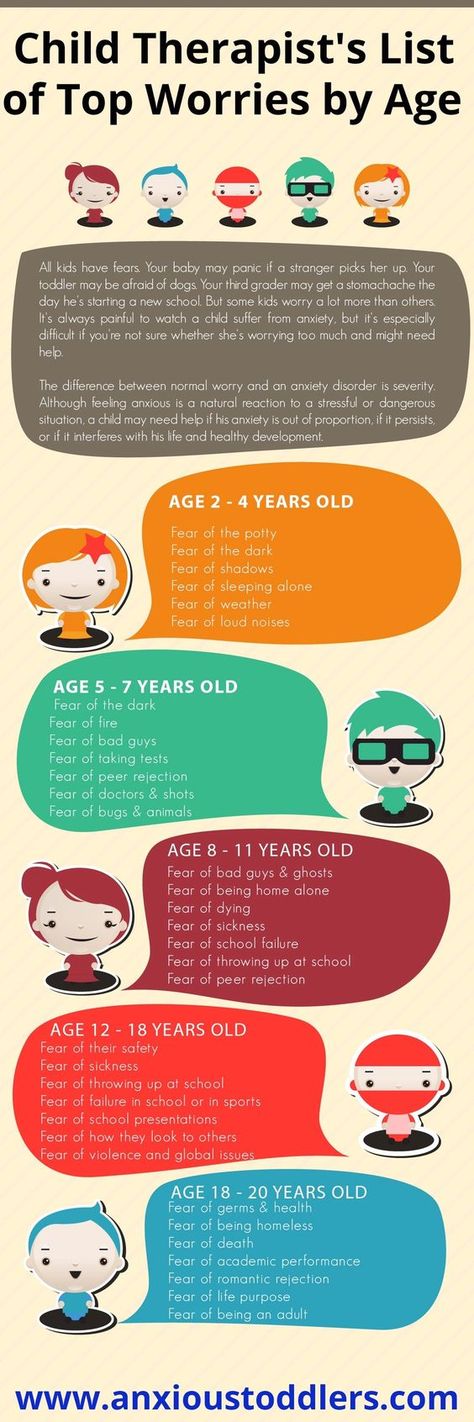 In general, the child can eat the same food as the rest of the family.
In general, the child can eat the same food as the rest of the family.
In the diet of a child of 1–3 years of age , must be present daily: meat of animals or poultry, dairy and sour-milk products, vegetables, fruits, bread, cereals, vegetable and butter; fish and eggs are included in the diet 2-3 times a week.
Cereal products: bread - 2-3 servings per day, cereals and side dishes - 1 time per day
Fruit and/or vegetables: at least 5 times a day
Dairy products: at least 3 servings per day (including those used to make cereals, yoghurts, fermented milk drinks, cottage cheese, infant formula or breast milk).
Domestic pediatricians recommend, when compiling a diet for children aged 1–3 years, preference should be given to specialized children's dairy products of industrial production that meet high quality requirements and safety indicators for this age. Most children's dairy products are additionally enriched with vitamins and/or minerals and other biologically active components, taking into account the physiological needs of children of this age. At the same time, in foreign recommendations, children over 1 year old are offered the gradual introduction of whole cow's milk, which is rich in fats necessary for proper growth and development, the absorption of vitamins A and D, the development of the brain and nervous system of the child.
Meat dishes: 2-3 times a day
Fish dishes: 2-3 servings per week
Eggs: 2-3 per week
Dietary fats: 3-4 teaspoons of butter and/or vegetable oils per day
When cooking, use the minimum amount of salt and sugar, and do not add them to industrial products.
Offer your child a variety of foods and let them choose for themselves. Children love to eat on their own, so if possible, offer food that the child can eat with their hands.
It is important to remember that a baby can choke on pieces of food, so whatever you give your baby should be crushed or cut into small pieces that can be easily chewed.
Do not give to a small child: nuts, whole grapes, cherry tomatoes (unless quartered), whole carrots, seeds (such as pumpkin or sunflower seeds), round candies, legumes, raisins, because a child can eat them choke.
Also in the diet of children of the first 3 years of life should not be present:
Mushrooms; canned snacks, pickled vegetables and fruits
Home canned food
Dry concentrates for side dishes
Hot sauces, mustard, horseradish, pepper, vinegar, mayonnaise
Natural coffee
Juices and drinks in the form of dry concentrates; sweet carbonated drinks
Products containing food additives (flavorings, dyes of artificial origin, including chewing gum), popcorn
Combined fats; cakes and pastries
It is important to remember that children of this age should not be given too spicy and spicy foods.
how to feed a child aged 3-7 years - "Healthy Child Internet Cabinet"
Nina Anatolyevna Toritsyna
Chief Children's Dietitian of the Health Department of the Administration of Yekaterinburg
From birth, the baby, along with food, receives useful substances that form his immunity and ensure normal development. At preschool age, proper nutrition is also very important for the child to endure school loads in the future comfortably, be healthy and active.
Most children aged 3 to 7 spend most of their time in kindergarten, which is responsible for organizing a balanced diet in accordance with age. It is also necessary to observe the principles of rational nutrition at home:
Important: strict adherence to the diet!
- the menu should be varied;
- nutrition should supply the child's body with energy, trace elements, vitamins and other useful substances;
- food must be properly handled and prepared (boiled, steamed, stewed, baked).
In order for the child to grow up active, mobile and healthy, it is important for parents to provide his menu with the main useful substances and monitor the sufficient number of calories :
| 3 years | 4-6 years | 7 years | Where are kept |
| Proteins | Animal proteins: meat, fish, milk and dairy products, eggs. | ||
| Fats | Butter and vegetable oil, milk and dairy products, meat, fish | ||
| Carbohydrates | Sugar, fruits, confectionery |
In addition to the above useful substances, the child should receive trace elements and minerals . They are responsible for the proper development and functioning of the whole organism.
Table of the average daily norm of the physiological need of the body for the main micro and macro elements
| Title | Function | Source (products containing the element) | Daily allowance for children 3-7 years old |
| Calcium | Formation of bones and teeth, blood coagulation systems, processes of muscle contraction and nervous excitation. | Milk, kefir, fermented baked milk, yogurt, cheese, cottage cheese. | 800-1100 mg |
| Phosphorus | Participates in the construction of bone tissue, the processes of storage and transmission of hereditary information, the conversion of the energy of food substances into the energy of chemical bonds in the body. Maintains acid-base balance in the blood. | Fish, meat, cheese, cottage cheese, cereals, legumes. | 800-1650 mg |
| Magnesium | Synthesis of protein, nucleic acids, regulation of energy and carbohydrate-phosphorus metabolism. | Buckwheat, oatmeal, millet, green peas, carrots, beets, lettuce, parsley. | 150-250 mg |
| sodium and potassium | They create conditions for the emergence and conduction of a nerve impulse, muscle contractions and other physiological processes in the cell. | Table salt is sodium. Meat, fish, cereals, potatoes, raisins, cocoa, chocolate - potassium. | Not exactly established |
| Iron | A component of hemoglobin, the transport of oxygen in the blood. | Meat, fish, eggs, liver, kidneys, legumes, millet, buckwheat, oatmeal. Quince, figs, dogwood, peaches, blueberries, rose hips, apples. | 10-12 mg |
| Copper | Necessary for normal hematopoiesis and metabolism of connective tissue proteins. | Beef liver, seafood, legumes, buckwheat and oatmeal, pasta. | 1 - 2 mg |
| Iodine | Participates in the construction of thyroid hormone, provides physical and mental development, regulates the state of the central nervous system, cardiovascular system and liver. | Seafood (sea fish, seaweed, seaweed), iodized salt. | 0.06 - 0.10 mg |
| Zinc | Essential for normal growth, development and puberty. Maintaining normal immunity, sense of taste and smell, wound healing, absorption of vitamin A. | Meat, ryaba, eggs, cheese, buckwheat and oatmeal. | 5-10 m |
A sufficient amount of vitamins in the daily diet of children is the key to the proper functioning of all vital processes.
Vitamins are practically not synthesized by the body itself, so parents must always control that they are supplied to the child in sufficient quantities with food. At the same time, their insufficient amount can cause a number of diseases.
Table of the average daily norm of the physiological need of the body for basic vitamins
| Title | Function | Foods containing the vitamin | Daily allowance for children 3-7 years old |
| B vitamins | |||
| IN 1 | Necessary for the normal functioning of the nervous system, cardiac and skeletal muscles, organs of the gastrointestinal tract. | Wholemeal bread, cereals, legumes (peas, beans, soybeans), liver and other offal, yeast, meat (pork, veal). | 0.8 - 1.0 mg |
| AT 2 | Maintains the normal properties of the skin, mucous membranes, normal vision and blood formation. | Milk and dairy products (cheese, cottage cheese), eggs, meat (beef, veal, poultry, liver), cereals, bread. | 0.9 - 1.2 mg |
| AT 6 | Supports the normal properties of the skin, the functioning of the nervous system, hematopoiesis. | Wheat flour, millet, liver, meat, fish, potatoes, carrots, cabbage. | 0.9 - 1.3 mg |
| AT 12 | Supports hematopoiesis and normal functioning of the nervous system. | Meat, fish, offal, egg yolk, seafood, cheese. | 1 - 1.5 mcg |
| PP (niacin) | Functioning of the nervous, digestive systems, maintaining normal skin properties. | Buckwheat, rice groats, wholemeal flour, legumes, meat, liver, kidneys, fish, dried mushrooms. | 10-13 mg |
| Folic acid | Hematopoiesis, body growth and development, protein and nucleic acid synthesis, prevention of fatty liver. | Wholemeal flour, buckwheat and oatmeal, millet, beans, cauliflower, green onions, liver, cottage cheese, cheese. | 100-200 mcg |
| WITH | Regeneration and healing of tissues, maintaining resistance to infections and the action of poisons. Hematopoiesis, permeability of blood vessels. | Fruits and vegetables: rose hips, black currants, sweet peppers, dill, parsley, potatoes, cabbage, cauliflower, mountain ash, apples, citrus fruits. | 45-60 mg |
| A (retinol, retinal, retinoic acid) | Necessary for normal growth, development of cells, tissues and organs, normal visual and sexual function, ensuring normal skin properties. | Liver of marine animals and fish, liver, butter, cream, sour cream, cheese, cottage cheese, eggs, carrots, tomatoes, apricots, green onions, lettuce, spinach. | 450-500 mcg |
| D | Participates in the processes of calcium and phosphorus metabolism, accelerates the process of calcium absorption, increases its concentration in the blood, provides deposition in the bones. | Butter, chicken eggs, liver, liver fat from fish and marine animals. | 10-2.5 mcg |
| E | Antioxidant, supports the work of cells and subcellular structures. | Sunflower, corn, soybean oil, cereals, eggs. | 5-10 mg |
Thus, the diet of a preschool child should include all food groups.
Diet
It is best to make a menu for a child a few days in advance, so parents can make sure that it turns out to be varied and contains the necessary nutrients.
Here is a sample menu for children from 3 to 7 years old for week :
| Day of the week | Breakfast | Lunch | Dinner | afternoon tea | Dinner | Second dinner |
| Monday | Buckwheat porridge with milk | Juice or fruit | Salad | Kefir | Carrot-apple casserole | Fermented milk product |
| Tuesday | Fish baked with vegetables | Juice or fruit | Vitamin salad | Milk | Curd casserole | Fermented milk product |
| Wednesday | Milk rice porridge | Juice or fruit | Beet-apple salad | Yoghurt | Omelet | Fermented milk product |
| Thursday | Macaroni with grated cheese | Juice or fruit | Green pea salad | Tea | Vegetable stew | Fermented milk product |
| Friday | Herculean milk porridge | Juice or fruit | Carrot-apple salad | Ryazhenka | Cottage cheese pancakes with sour cream | Fermented milk product |
| Saturday | Barley milk porridge | juice or fruit | Cabbage-apple salad | Kefir | Fritters (pancakes) with jam | Fermented milk product |
| Sunday | Fish in Polish | Juice or fruit | Carrot salad | Milk | Vegetable casserole | Fermented milk product |
How to teach a child the correct behavior at the table?
From the age of 3, it's time to teach the baby to behave properly at the table.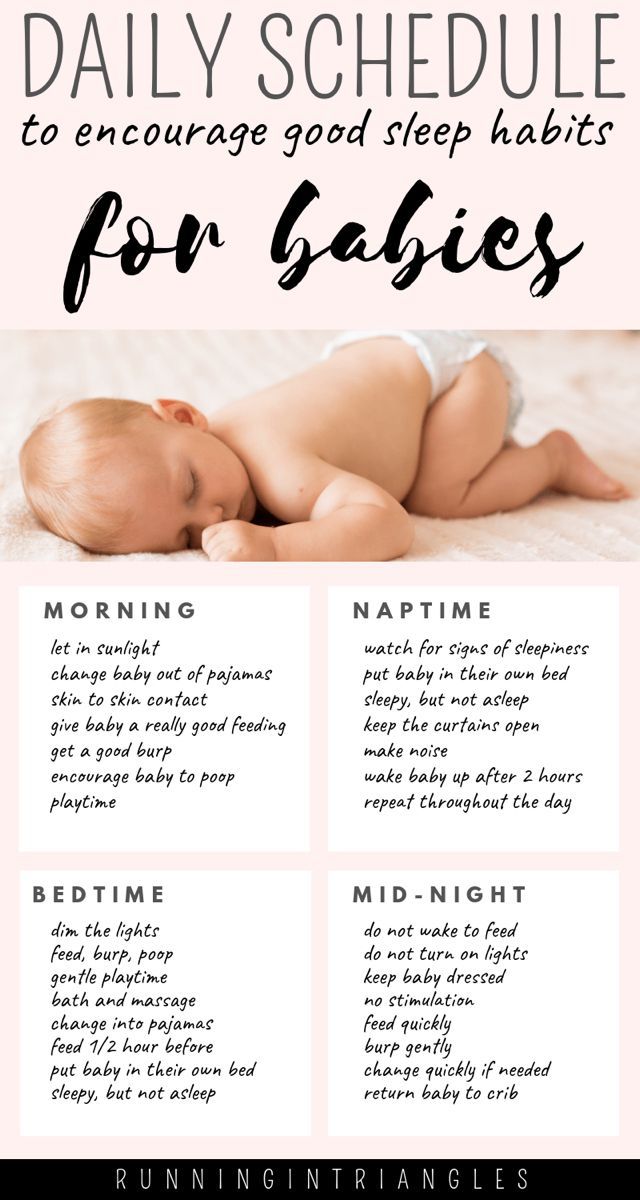

 Normal heart function.
Normal heart function. 

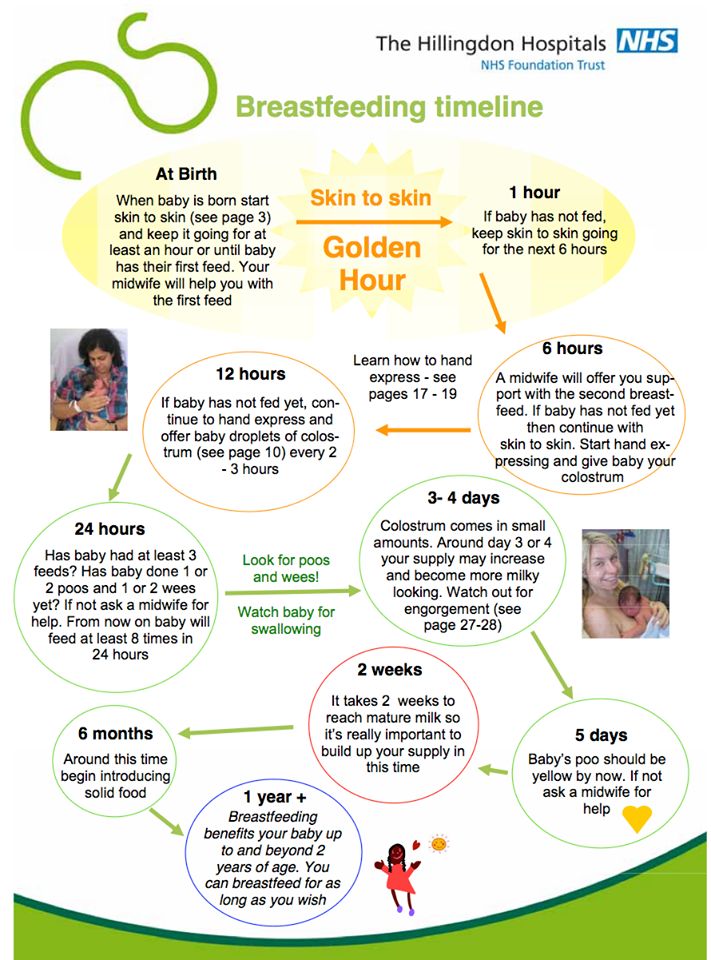 Participates in carbohydrate metabolism.
Participates in carbohydrate metabolism. 
